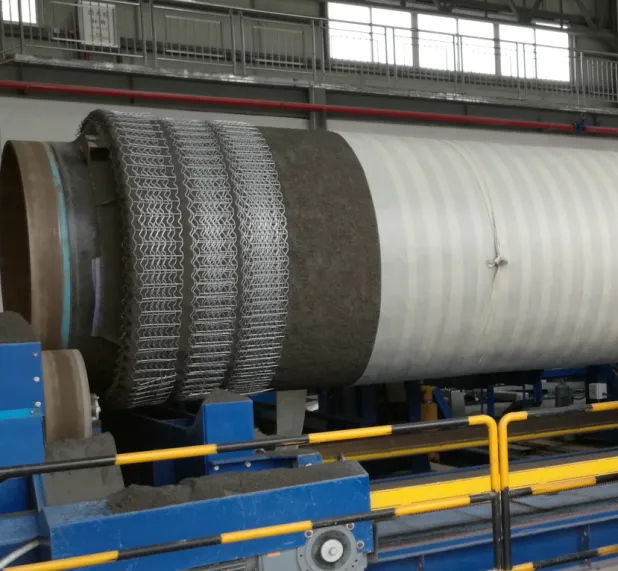- Industrial zone, South of Anping Town, Hengshui, Hebei, China.
- sales@hfpetromesh.com
- +86-18931809706
shaker screens
Understanding Shaker Screens A Crucial Component in the Drilling Industry
Shaker screens play a pivotal role in the oil and gas industry, particularly in drilling operations where the separation of drilling fluids from solid materials is essential for efficiency and safety. These screens are integral components of shale shakers, which are devices designed to separate drilling cuttings from the mud used during the drilling process. A deeper understanding of shaker screens, their types, and their importance can provide valuable insights into their function in the drilling industry.
Shaker screens are essentially filtration devices that utilize a mesh material to separate solids from liquids. In the context of drilling, they are used to screen out the rock cuttings generated during the drilling of wells. The drilling fluid, often referred to as drilling mud, is circulated down the drill pipe and comes back up to the surface carrying the cuttings. As this mixture passes through the shaker screens, the screens filter out the solid particles, allowing the clean drilling fluid to be reused, which helps to minimize waste and reduce costs.
There are several key types of shaker screens, each designed for specific applications and types of drilling operations
. The most common types include wire mesh screens, perforated plate screens, and composite screens. Wire mesh screens are renowned for their versatility and ease of maintenance, while perforated plate screens offer superior durability and strength. Composite screens, which combine the benefits of both materials, have gained popularity for their enhanced performance and efficiency.shaker screens

One of the critical factors affecting the performance of shaker screens is their mesh size. Different mesh sizes can be utilized depending on the type of drilling operation and the characteristics of the geological formations being drilled. For instance, finer mesh sizes are used for operations involving softer formations, whereas coarser meshes are suitable for harder rock formations. Selecting the appropriate mesh size is vital, as it directly impacts the rate of fluid recovery and the quality of the drilling fluid returned to the circuit.
The maintenance and replacement of shaker screens are also significant aspects to consider. Regular inspection of screens for wear and tear is essential to maintain optimal drilling performance. A worn-out screen can lead to reduced efficiency, increased costs, and potential delays in drilling operations. Therefore, keeping an adequate inventory of replacement screens on hand and developing a routine maintenance schedule can contribute positively to the overall success of drilling projects.
In conclusion, shaker screens are indispensable in the drilling industry, ensuring efficient separation of solids from liquids, which enhances the overall drilling process. With various types available and factors like mesh size playing a crucial role in their effectiveness, understanding the intricacies of shaker screens is essential for operators looking to optimize their drilling operations. As the industry continues to evolve and new technologies emerge, the role of shaker screens will undoubtedly remain central to improving drilling efficiency, safety, and environmental sustainability.
-
The Power of Pyramid Shaker Screen - A 3-Dimensional SolutionNewsOct.24,2024
-
Exploring the Versatility and Durability of Steel GratingNewsOct.24,2024
-
Revolutionizing Drilling Efficiency with Steel Frame Shaker Screens for Mud Shale ShakersNewsOct.24,2024
-
Potential of Shale Shaker ScreensNewsOct.24,2024
-
Offshore Pipeline Counterweight Welded Mesh - Reinforced Mesh in Marine EngineeringNewsOct.24,2024
-
Revolutionizing Offshore Pipeline Stability with Concrete Weight Coating MeshNewsOct.24,2024
